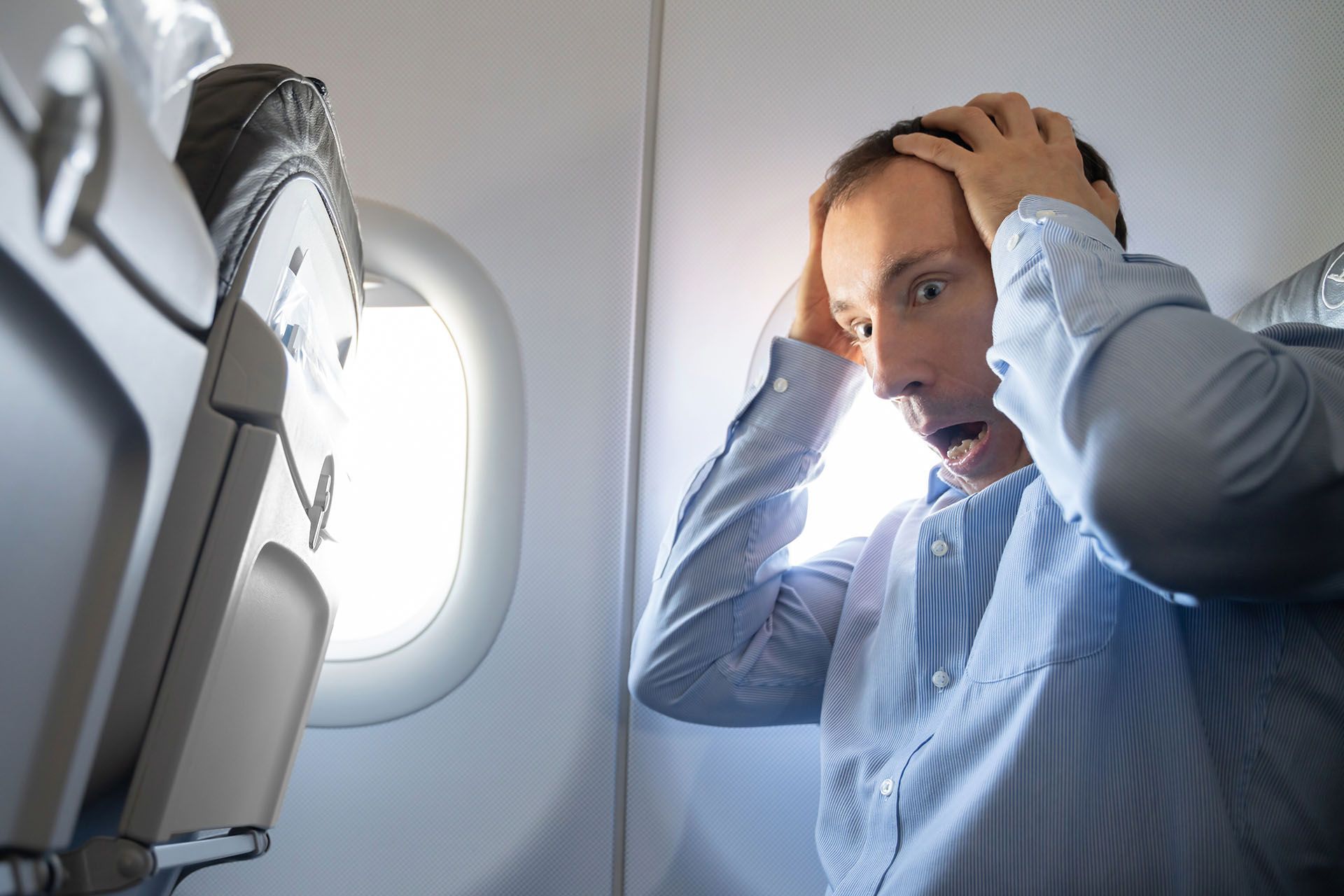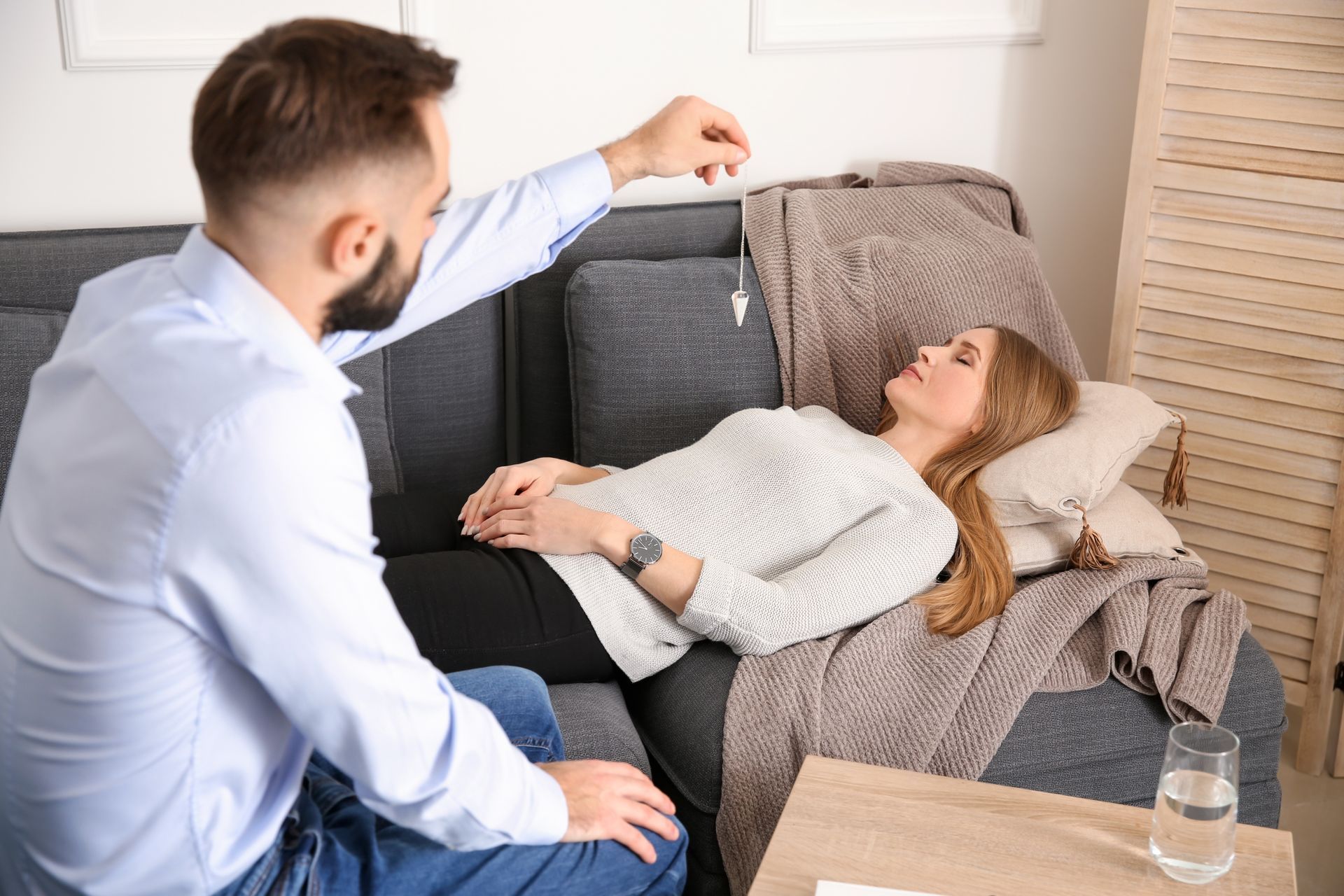Hypnosis for Phobias: What You Need to Know
Phobias are more than just fears. They can disrupt your life, limit your choices, and trigger overwhelming distress. Whether it’s fear of flying, spiders, public speaking, or needles — phobias can hold people back in their personal, social, or professional lives.
While conventional treatments exist, hypnosis is growing in popularity as an alternative and complementary therapy. But how effective is it? Can phobias hypnotherapy help people move past deeply rooted fears?
Let’s unpack the science, the methods, and the results, from Australia and beyond.
What Is Hypnosis?
Hypnosis is a focused mental state. It's neither sleep nor complete alertness. Instead, it’s a relaxed state of heightened suggestibility. During hypnosis, the conscious mind quiets down. This opens up space for the subconscious to take centre stage.
Hypnotherapy uses this state to introduce new thought patterns. These may override the automatic fear responses linked to phobias. Unlike stage hypnosis, therapeutic hypnosis is controlled, respectful, and professional. The client is always aware and retains control.
Phobias: How They Work
Phobias are classified as anxiety disorders. They involve intense fear triggered by a specific object, situation, or activity. The fear is usually irrational, but the physiological response is real.
The brain reacts with a fight-or-flight response, even in the absence of actual threat — responding instead to a perceived danger that feels just as compelling.
For some, the experience also brings a gripping sense of impending doom, even when the fear is out of proportion to the situation.

Common phobias include:
- Acrophobia (heights)
- Claustrophobia (confined spaces)
- Aviophobia (flying)
- Trypanophobia (needles)
- Glossophobia (public speaking)
- Social phobia (performance situations)
Most phobias can begin in childhood or later in life. Some specific phobias stem from past trauma. Others may come from learned behaviours, family influence, or even pop culture.
Can You Be Hypnotised Out of a Phobia?
Short answer: Yes, many people can.
Hypnosis works by accessing the subconscious, where the phobic response lives. Instead of consciously trying to “get over” the fear, hypnosis bypasses the resistance. It reframes the trigger. It often pairs deep relaxation with positive suggestion or memory reconsolidation.
Phobias tend to lock the mind into interpreting certain situations as threatening — even when the perceived danger isn’t real. For example, someone with arachnophobia might, under hypnosis, be guided to visualise a spider in a calm, controlled scenario. Over time, their nervous system starts to associate the trigger with neutrality, or even safety.
Several case studies and reviews back this up. A meta-analysis published in the International Journal of Clinical and Experimental Hypnosis reported significant improvements in patients undergoing fears and phobias hypnotherapy. It was particularly effective when used with cognitive behavioural techniques.
In Australia, hypnotherapists often integrate visualisation, systematic desensitisation, and metaphor therapy to treat phobias. These help shift the fear from being automatic to manageable. For many, this can happen in just a few sessions.
How Successful Is Hypnotherapy for Phobias?
Results can vary. But success rates are promising. Some clients experience noticeable shifts after just one or two sessions, particularly when the phobia is well-defined and the person responds strongly to suggestion. For others, it can take several sessions to unpack underlying triggers and build lasting change. The pace often depends on the complexity of the fear, individual mindset, and how deeply the phobic pattern is embedded.
Recent scientific reviews highlight that hypnosis is far more than a party trick or theatrical performance. In fact, research by psychologists David Oakley and Peter Halligan, published through the British Psychological Society, reveals that hypnosis is a genuine altered state of consciousness. Brain imaging studies show that during hypnosis, activity shifts in parts of the brain linked to attention and perception. These changes appear to enhance a person's ability to accept targeted suggestions — a key reason hypnosis can help people reframe deeply ingrained phobic responses.
While success rates vary, the evidence suggests that suggestible individuals can experience significant improvements in how they perceive and react to phobic triggers. In clinical practice, hypnotherapy is increasingly used as a tool to explore and modify behaviours, sensations, and emotions that may otherwise resist conscious change.
In Australia, clinical hypnotherapy is recognised by professional bodies such as:
- The Australian Hypnotherapists’ Association (AHA)
- The Hypnotherapy Council of Australia (HCA)
- The Australian Society of Clinical Hypnotherapists (ASCH)
While hypnotherapy is not covered by Medicare, many private health insurers may reimburse part of the cost when provided by a qualified practitioner.
It’s not a silver bullet. But for people who have tried talk therapy, exposure therapy, or medications with limited success, hypnotherapy offers a gentler alternative. Often, with fewer side effects and longer-lasting change.
What Is the Best Therapy for Phobias?
There’s no one-size-fits-all. The best treatment depends on the person, the phobia, and the root cause. However, leading therapies include:
1. Cognitive Behavioural Therapy (CBT)
CBT focuses on identifying and changing negative thought patterns. It’s the most widely researched method for phobias. Often involves gradual exposure to the fear in controlled settings.
2. Exposure Therapy
This method slowly introduces the client to the object or situation they fear. The goal is to desensitise. Over time, the body learns that there is no threat.
3. EMDR (Eye Movement Desensitisation and Reprocessing)
Commonly used for trauma. It helps rewire the brain’s emotional response to memories. Helpful for phobias linked to past traumatic events.
4. Hypnotherapy
Effective for clients who struggle with conscious exposure or who want a more subconscious approach. It’s also useful as an adjunct to CBT or counselling.
Many therapists now use integrative techniques. For example, combining CBT and hypnotherapy can enhance outcomes by addressing both conscious thought and subconscious patterns.

What Is the Hardest Phobia to Cure?
No phobia is “incurable,” but some take longer to shift. The most persistent tend to involve:
- Emetophobia (fear of vomiting)
- Social phobia (fear of public judgment)
- Thanatophobia (fear of death or dying)
These fears are deeply existential or tied to complex bodily reactions. For instance, emetophobia often starts early in life and becomes connected to a strong avoidance of certain foods, places, or people. It may also link with OCD or generalised anxiety disorder.
Social phobia can be stubborn due to internalised beliefs and shame. Death anxiety, on the other hand, taps into spiritual and philosophical themes. Hypnotherapy can still help. But the process may require more time and deeper subconscious work.
What Happens in a Phobias Hypnotherapy Session?
Sessions usually last between 60 to 90 minutes. They often follow a sequence:
1. Consultation
Your therapist will ask about the fear, its history, and how it affects your life. They may also explore contributing factors such as past experiences, triggers, or behavioural patterns. This helps build rapport and structure the session.
2. Induction
A relaxation process begins. It may involve breathing techniques, progressive muscle relaxation, or guided visualisation.
3. Therapeutic Work
While in the hypnotic state, the therapist introduces suggestions or imagery. This may help rewrite the fear response, replace negative associations, or recall safe memories.
4. Awakening
The client is brought back to a fully conscious state, often feeling refreshed and calm.
5. Debrief
Discussion around how it felt, and what to expect in the hours or days following.
Most people remember the entire session. And most find it relaxing, even if emotionally moving.
Who Should You See?
In Australia, hypnotherapy is not tightly regulated. Anyone can call themselves a hypnotherapist. So you want someone with real qualifications. Strong clinical experience. And a method grounded in research, not just theory.
That’s where Inspired Mindset stands apart.
Meet Craig Allen — Clinical Hypnotherapist, Strategic Psychotherapist, and Life Coach
Based in Canberra, Craig Allen brings a modern, results-focused approach to hypnotherapy in Canberra. He works with clients across Australia — in person and online — to help them overcome phobias, anxiety, addiction, trauma, and low self-worth.
With a Diploma of Clinical Hypnotherapy and Strategic Psychotherapy from the Institute of Applied Psychology, Craig blends hypnosis with the structure of cognitive behaviour therapy (CBT). The result? A clear path forward. One that doesn’t just manage symptoms but rewires the subconscious at the source.
Clients describe his process as practical, grounded, and deeply transformative.
He doesn’t rely on scripts or generic sessions. He gets to know you. He listens. Then he works with you to shift unhelpful thought loops and behavioural patterns. This includes fears that have kept you stuck for years, even decades.
When Should You Consider Hypnosis?
Hypnosis might be worth exploring if:
- You’ve tried exposure therapy but found it too distressing
- Talk therapy has helped somewhat but hasn’t shifted the phobia entirely
- You prefer a non-invasive, medication-free approach
- The phobia impacts your daily life or causes you to avoid opportunities
- You want to explore the subconscious roots of your fear
Many clients describe hypnotherapy as empowering. Rather than forcing change, it supports internal transformation in a space that is both calm and focused.
Final Thoughts
Hypnotherapy isn’t magic. But it’s powerful. For phobias, it provides an alternative path — one that doesn’t rely on re-exposure alone or endless rumination.
It helps you respond differently in specific situations where fear once took over. Over time, this can lead to a greater sense of more control — mentally, emotionally, and even physically.
If you're curious about how it might work for you, start with a qualified therapist. Ask questions. Discuss your goals. And move at your pace.
Because fear may be learned. But so is calm. And sometimes, all it takes is a shift in the subconscious to start living with more freedom and less fear.


















